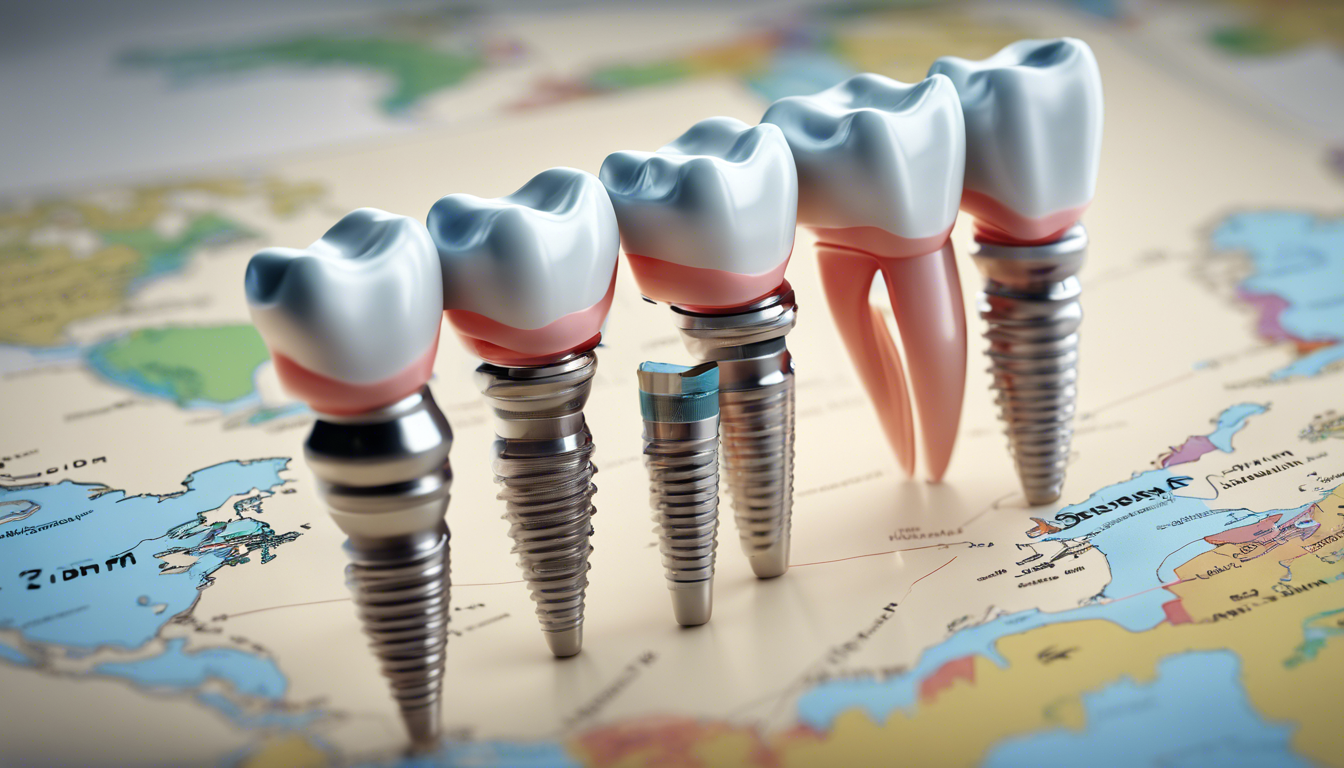Dental implants have significantly evolved as a substantial element in modern oral healthcare, providing solutions for patients suffering from tooth loss due to decay, gum diseases, or injuries. The technological advancements in this field not only promise improved oral health but also enhance aesthetic appeal and functionality.
Implants are typically made from titanium, a material well-respected for its compatibility with human bone and tissue. Upon being implanted into the jawbone, they serve as a stable foundation for artificial teeth, resembling and functioning like natural teeth. This method is reputed for its durability and the preservation of jaw structure, preventing the bone loss that often accompanies tooth loss.
However, an increasing concern is the suitability of this treatment for individuals under 55. Younger patients often hesitate to opt for implants due to misconceptions about its invasiveness and long-term implications. Moreover, their bone structure is still in a dynamic state, which could theoretically complicate the osseointegration process—the fusion of the implant and the bone.
Recent studies have been aiming to address these concerns. Experimental techniques that focus on enhancing the osseointegration process and minimizing recovery time are currently in progress, with some promising outcomes using nanotechnology to improve the surface structure of implants for faster and more effective integration.
Despite these advancements, the occurrence and popularity of dental implants vary significantly by geography. Developed countries with higher healthcare spending report a greater incidence of these procedures. In contrast, in developing regions, the lack of infrastructure, economic constraints, and limited access to specialized dental care significantly reduce the prevalence of dental implants.
In Europe, countries like Sweden and Germany, which have robust healthcare systems, see a high rate of dental implant surgeries compared to Eastern European countries. The US shows a similar pattern, with higher procedure rates in more affluent states.
The advent of digital dentistry has transformed the implant process. Techniques such as 3D printing and computer-aided design/manufacturing (CAD/CAM) have been game-changers, providing tailor-made dental solutions that ensure a higher success rate and patient satisfaction.
With these technological strides, the cost of dental implants has also been a point of discussion. Initially, these procedures were considered a luxury; however, with insurance companies beginning to recognize the long-term cost-effectiveness and health benefits of dental implants over traditional treatments like dentures, coverage has become more common, somewhat addressing the cost barrier.
Experts like Dr. Helena Briggs, a renowned dental surgeon and researcher, suggest that ‘As we move forward, the focus should not only be on making these technologies accessible but also on educating the public and medical community about the advancements and their benefits. This will ensure that more people can avail themselves of such life-enhancing treatments.’
In summary, as the landscape of dental health continues to evolve, dental implants stand out as a beacon of progress, blending cutting-edge science with practical healthcare solutions. With ongoing research aimed at making dental implants more adaptable, reliable, and accessible, the future looks bright for patients seeking these advanced treatments.
You may also like
Dental Implants: Treatments and Considerations for Older Adults
This article explores the various methods and treatments available in dental implants, focusing on issues relevant to individuals aged 55 and older. It also highlights new studies and experimental treatments, as well as geographical variations in the prevalence of these procedures.
The Ever-Evolving Battle Against Hair Loss
Hair loss is a global concern affecting millions of men and women. This article explores the symptoms and causes of hair loss, differentiating between male and female patterns. It delves into available treatments, both traditional and innovative, and examines current research on experimental therapies. Additionally, the article touches on related dermatological issues like acne, atopic dermatitis, psoriasis, and dental care innovations.
Acne: Symptoms, Treatments and Emerging Research for All Ages
Acne is a common skin condition affecting both teenagers and adults, with varying symptoms and treatment options. Recent studies explore new treatments, offering hope for better management. This comprehensive article delves into the intricacies of acne, its incidence worldwide, and innovative approaches being developed.
Atopic Dermatitis: Symptoms, Treatments and Emerging Research
Atopic dermatitis, a chronic skin condition, poses significant challenges for those affected. This article delves into the symptoms, treatment options, and new research prospects for atopic dermatitis and psoriasis, while also exploring related issues like hair loss, acne, and dental care.
Dental Care: Dental Implants and Hygiene Practices
This comprehensive article delves into the world of dental implants and hygiene, covering innovative treatments and emerging technologies. It examines common challenges and debunks myths while providing geographical insights into implant procedures. The piece also offers a summary of modern approaches to hair loss, atopic dermatitis, psoriasis, and acne management.
